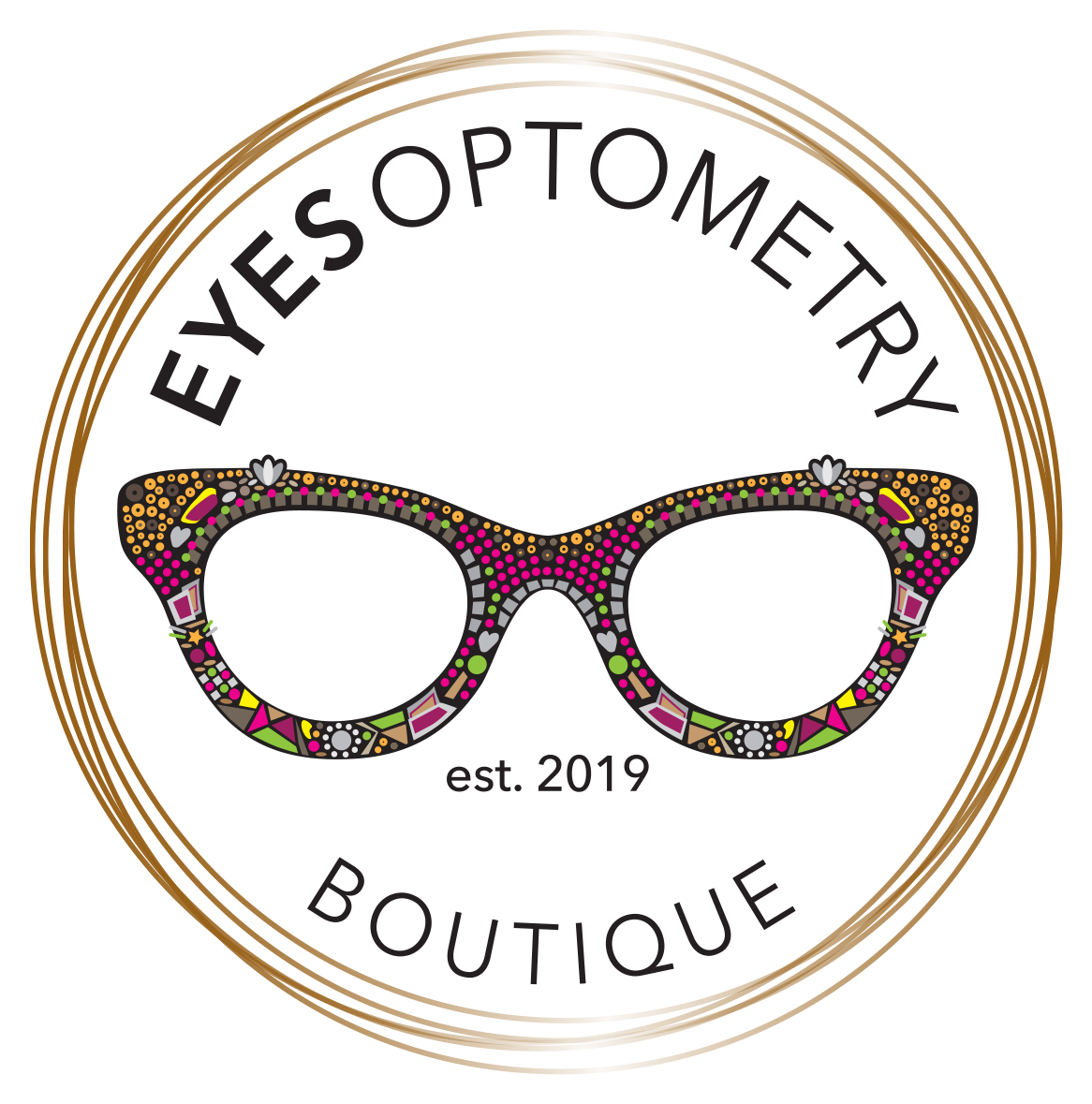InfantSEE
Their First Exam
Even if no eye or vision problems are apparent, the American Optometric Association recommends scheduling your baby's first eye assessment at 6 months.
Dr. Rottiers will test for: excessive or unequal amounts of nearsightedness, farsightedness, or astigmatism, eye movement ability, and other eye health problems. Although these problems are not common, but it is important to identify children who have them at this young age. Vision development and eye health problems are easier to correct if treatment begins early.
Eighty percent of everything children learn comes through their eyes and yet nearly 50% of parents with children under the age of six have never taken their child to an eye doctor.
When Setting An Appointment
Let the practitioner know if you have any special concerns or conditions. Set an appointment time that is most agreeable to the baby’s schedule, avoiding nap time.
On the day of the visit, change the infant’s diaper just before the assessment. Children in this age group generally perform best if the assessment takes place when they are alert. Because infants tend to be more cooperative and alert when feeding, it is also helpful to bring a bottle to feed the child. Bring a security toy or object for the infant, but also toys or games that will hold older siblings’ interest if they are coming too. If possible, arrange for only the infant and the parent to be in the exam room during the assessment.
During the assessment, most likely you will be asked to hold the baby on your lap, or on a lap pillow. Parents should be present for the assessment to help the baby focus on the doctor, so avoid talking to the baby or adults during the assessment. You may be recruited to hold targets or be a puppet master to hold the baby’s attention during certain procedures. The optometrist may encourage the child to touch and explore the instrument. Be ready to play each “game” first to show the baby that it is safe and fun.
The Infant Exam
Patient History: Some eye conditions are strongly linked to family history, so the first step for the optometrist is to compile a history on the child. A comprehensive patient history for infants may include any problems you have noticed, visual and ocular history, general health history, family eye and medical history, developmental history and demographic data.
Factors placing an infant, toddler, or child at significant risk for visual impairment include:
Prematurity, low birth weight, oxygen at birth
Family history of eye diseases such as retinoblastoma, congenital cataracts, or metabolic or genetic disease
Infection of mother during pregnancy (e.g., rubella, toxoplasmosis) or drug/alcohol use during pregnancy
Sexually transmitted diseases, cytomegalovirus, or HIV
Difficult or assisted labor, which may be associated with fetal distress or low Apgar scores
Babies can't speak. How do you test their vision?
Optometrists have the clinical background and expertise necessary to provide eye and vision assessments for non-verbal patients, including infants.
Visual Acuity: Because traditional eye chart testing requires identification of letters or symbols and demands sustained attention, this test cannot be used with infants and toddlers. Assessment of visual acuity for infants and toddlers may include tests to assess that the infant can fix his eyes on an object and follow the object, or at which objects the baby prefers to look, and at what distances.
Refractive Status: The doctor may use lenses and light from a small hand-held instrument to assess how the eye responds to particular targets. The doctor may also repeat this test after using eye drops to enlarge the pupil and stabilize the baby's focusing. As an alternative, some doctors use photographic testing to then analyze the pupil reflex in the photo.
The typical infant may have some degree of nearsightedness, farsightedness, and astigmatism not requiring correction. Studies show that 30 to 50 percent of infants under 12 months have significant astigmatism, which declines over the first few years of life, becoming stable between approximately 2½ to 5 years of age. Low amounts of anisometropia (where the refraction is not the same in both eyes) are common and variable in infants.
Eye movement: Using her hands, a light, or a toy, the optometrist catches the baby's attention and observes how the baby follows the movements of the object.
Eye Alignment/Binocular Potential: By covering one eye at a time, the optometrist gathers information about the eye muscles and acuity. While identifying strabismus is important in itself, the presence of strabismus may indicate any number of disease entities.
Eye Health: The optometrist will examine the eye's structure as well as eyelids, tear ducts, and other parts of the eye. Pupil function will be checked, and a hand-held biomicroscope may be used for evaluation of the front of the eye. A test to assess visual field will be completed and an examination of the inner eye through a dilated pupil will be done. An ideal time for evaluation of the posterior segment is when the infant is in a calm, relaxed, condition (i.e., being bottle fed or sound asleep).
The assessment: In addition to sharing her findings with you, you may request the optometrist to send summary letters to the infant's pediatrician, family physician, or other appropriate practitioner, reporting and explaining any significant condition diagnosed in the course of the assessment.
If you are interested in more information on this program please visit: http://www.infantsee.org/

